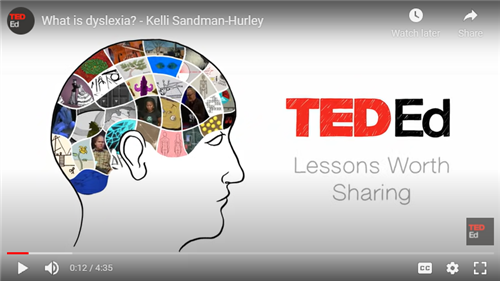- Rockbridge County Public Schools
- What Is Dyslexia?
RCPS Dyslexia HOME
Page Navigation
-
What is Dyslexia?
-
The International Dyslexia Association's definition of dyslexia
“Dyslexia is a specific learning disability that is neurobiological in origin. It is characterized by difficulties with accurate and/or fluent word recognition and by poor spelling and decoding abilities. These difficulties typically result from a deficit in the phonological component of language that is often unexpected in relation to other cognitive abilities and the provision of effective classroom instruction. Secondary consequences may include problems in reading comprehension and reduced reading experience that can impede growth of vocabulary and background knowledge.
Adopted in November 2002. This definition is used in Virginia.
-
Misconceptions About Dyslexia
- Letter and word reversals do not indicate dyslexia. Dyslexia is not a visual disorder. Neither vision therapies nor exercises with eye tracking will benefit dyslexic readers.
- Dyslexia cannot be cured, but students can make progress and be successful.
- Dyslexia is not limited to English-speaking students.
- Dyslexic readers do not have low or below-average intelligence.
- Dyslexia is not more likely in male students. Male referrals are often related more to issues related to behavior.
- Dyslexia does exist.
- All struggling readers are not dyslexic.
- Covered overlays and tinted lenses are not beneficial for dyslexic readers.
Potential Challenges
- Students have trouble learning to speak.
- Students struggle with written and oral language.
- Acquiring letter-sound knowledge is difficult for students.
- Students struggle to learning number facts and/or completing mathematical operations.
- Students have trouble with word retrieval. Instead of a specific word, they will frequently substitute words like "things" or "stuff" that are vague.
- Students struggle to recall names of people and places.
- Students struggle to recall sequences (days of the week).
- Spelling is an issue.
- Students demonstrate very slow reading that ultimately affects their comprehension.
- Students struggle to clap in rhythm with a song.
For more information about warning signs, click here.
The Simple View Of Reading
The Simple View of Reading (SVR) can help us understand what happens when students struggle with reading. According to the SVR, reading comprehension is the product of decoding and listening comprehension. The SVR presents this as an equation, D x LC = RC. "D" stands for decoding and "LC" represents language comprehension. When decoding and listening comprehension both have values of 1, reading happens. However, if either decoding and/or listening comprehension are less than one, reading does not happen. This article from Reading Rockets explains the Simple View of Reading.


